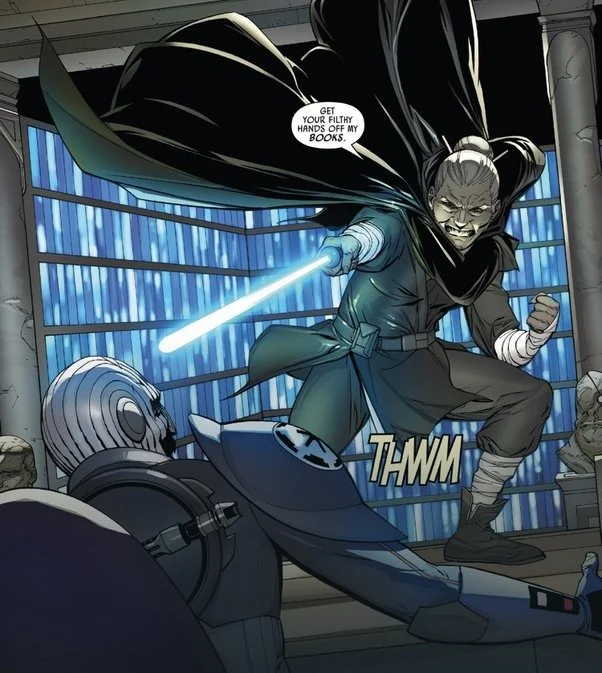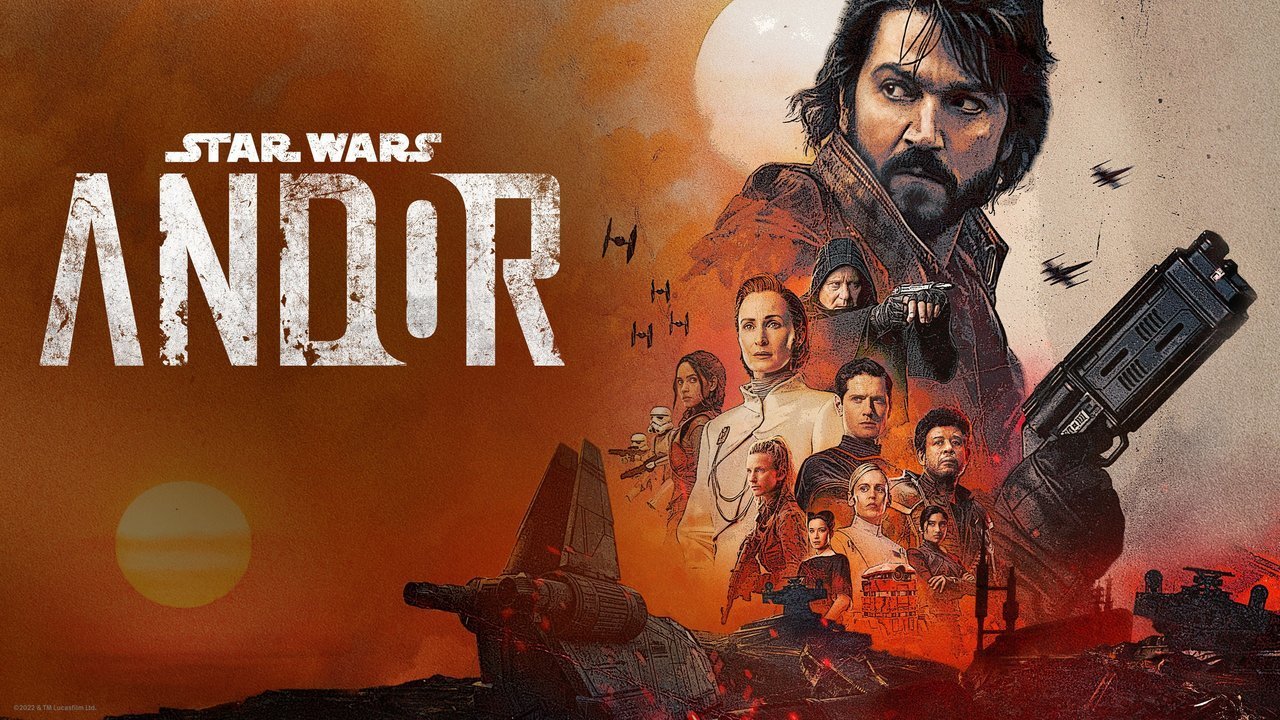How The Jedi Temple Became Palpatine's Biggest Insult After Order 66
For over a thousand generations, the Jedi Knights were the guardians of peace and justice in the Old Republic. They journeyed through the galaxy trying to help maintain the peace between systems, but they would return to their base of operations on Coruscant. The Jedi Temple housed all the Jedi, young and old, until the tragedy that was Order 66. It resulted in a mass attack on the Jedi Temple, slaughtering nearly all the Jedi, but that was not the end of the line for the Temple itself. So what really happened to the Jedi Temple after Order 66?
In the immediate aftermath of Order 66, the building remained essentially unchanged. The remaining Jedi lightsabers were rounded up and placed on the steps of the Jedi Temple and burned in celebration of the supposed end of the Jedi since the Emperor had convinced the population that the Jedi were the cause of the Clone War. However, Vader would later scour the building for any traces of the remaining Jedi or their whereabouts. He would also discover some of the first Inquisitors.
RELATED:
The Chief Librarian of the Jedi Archives, Jedi Master Jocasta Nu, was the last Jedi to be seen in the Temple. She snuck in to gather data from the archives on Force-sensitive children across the galaxy. However, Master Nu eventually ran into Vader and the Grand Inquisitor. She was ultimately killed by Vader, but she was thankfully able to delete the data from the archives of Force-sensitive children scattered throughout the galaxy, much to the chagrin of both Vader and The Emperor. Unfortunately, this would not be the last time the Jedi Temple became a bane for the Emperor and his Empire.
For a long time, the Jedi Temple became a trophy for the Emperor. Imperial statues were placed throughout the palace, and the Emperor himself even took up residence there at one point. He placed his chambers directly in the previous meeting chamber of the Jedi, most likely as an insult to the injury he had already dealt the Jedi.
However, the longer the Empire ruled, the more they began to question its true motives of the Empire. More and more citizens in Coruscant and across the galaxy became restless, angry, and fed-up with Empire's role in the government. They really felt the iron grip of the Empire, and the Jedi Temple stood as a reminder that there may still be hope somewhere in the galaxy. Eventually, the Emperor was destroyed at the end of Episode VI (at least initially), and the galaxy was freed. However, with no one to rule over the planet, there was a grab for power. Eventually, former Senator Mas Amedda became ruler, but he would later surrender to the New Republic after the battle of Jakku.
Despite how much the Emperor hated the Jedi, he could never rid himself of their presence. He never destroyed the Temple despite being a thorn in his side for so long. It stood as an iconic piece of architecture on Coruscant, and it is just as iconic as the senate building. Since he was never able to obtain the location of all the Force-sensitive children, the Temple must have stood mocking his failure to wipe out the Jedi entirely.
The Jedi Temple represented all the Jedi he would not be able to destroy or convert to the Sith. Yet, it is still standing too. Through countless wars, power changes, rebellions, planet-destroying weapons, and Fore anomalies, the Jedi Temple still stands as a beacon of hope to the galaxy. Maybe in the future, the new generation of Jedi will return to the Temple and begin a new generation of peace-keeping.
READ NEXT:
Source(s): CBR




